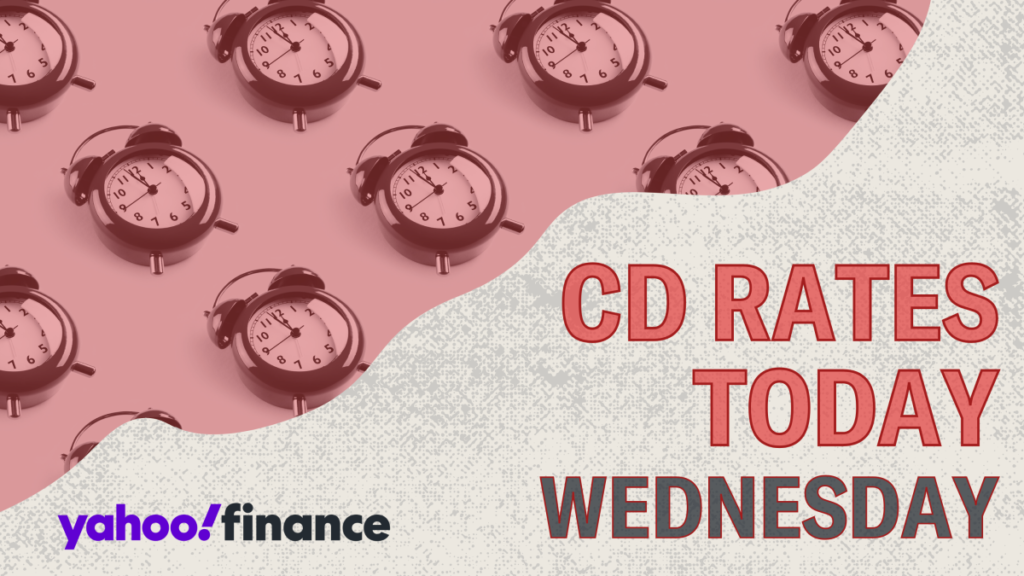In October 2024, the Federal Reserve made a significant move by lowering the federal funds rate for the second time in the year, prompting a corresponding drop in deposit account rates. This trend opens up a timely opportunity for consumers to consider certificates of deposit (CDs) as a viable investment option. Currently, competitive CD rates allow savers to lock in favorable returns, particularly with rates historically high for shorter terms. For example, one-year CD terms often showcase rates at or above 4.00% APY, which can provide solid returns on investment. Meanwhile, rates for CDs with longer terms linger between 3% and 4% APY, with Marcus by Goldman Sachs presenting the top rate of 4.10% APY for its one-year CD, requiring a minimum opening deposit of $500. These rates are reflective of the ongoing adjustments tied to monetary policies and economic conditions.
The correlation between CD rates and the federal funds rate cannot be overstated; typically, when the Fed alters its target rate, deposit account rates shift in tandem. After maintaining a steady target rate between 5.25% and 5.50% throughout most of 2024, the Fed reduced rates by a total of 75 basis points in September and November. This shift stems from a cooling inflation environment and signs of improving economic growth, leading experts to predict further reductions in 2025. As such, current trends indicate impending decreases in CD rates, underscoring the urgency for savers to consider making deposits now to secure better returns.
When weighing the decision to invest in a CD, various factors play a crucial role. A key aspect to consider is the current interest rate environment; investing in CDs is enticing when rates are high or on the decline, given that CDs lock in rates throughout the investment term. Beyond just interest rates, individual financial goals must guide the choice to invest in CDs. For those focused on capital preservation and earning steady returns, CDs offer a degree of safety as they are insured by the FDIC up to stipulated limits. However, if your aspirations include long-term goals like retirement, market-driven investments may yield better returns, making CDs less ideal in those contexts.
Liquidity also poses an important consideration. CDs typically require funds to be locked in for a specific term, which can create challenges should access to cash be needed before maturity. Early withdrawal from a CD incurs penalties, emphasizing the importance of understanding personal liquidity needs before committing funds. For individuals who may require more flexibility, alternative options like high-yield savings accounts could be more appropriate.
When exploring the CD landscape, it’s essential to broaden the search beyond one’s current financial institution. Not all banks provide competitive CD rates, even in a buoyant interest rate environment, necessitating comparisons across various account offerings. Online banks have emerged as particularly attractive sources for high-yield CDs due to their lower operational costs, enabling them to offer higher rates and lower fees compared to traditional banks.
Furthermore, credit unions and community banks also merit attention when looking for competitive CD offers. Credit unions, structured as not-for-profit entities, frequently extend better rates and reduced fees. Hence, researching local and online credit unions is advisable for those eligible for membership. Likewise, community banks, focused on serving local populations, often deliver personalized services and competitive interest rates on deposits, making them worthy contenders in the search for desirable CD rates.

